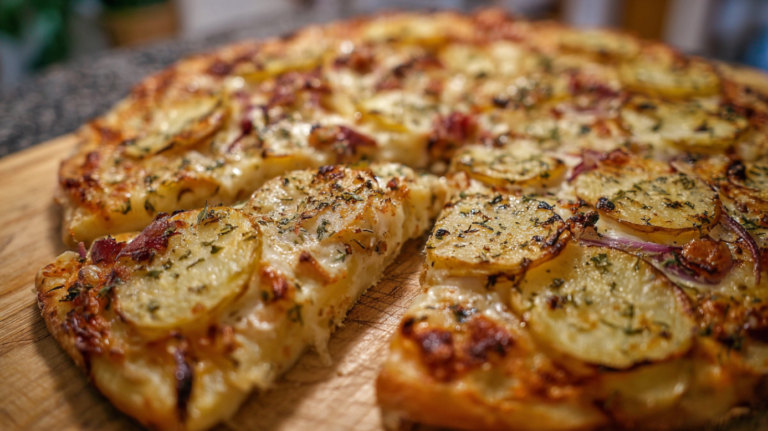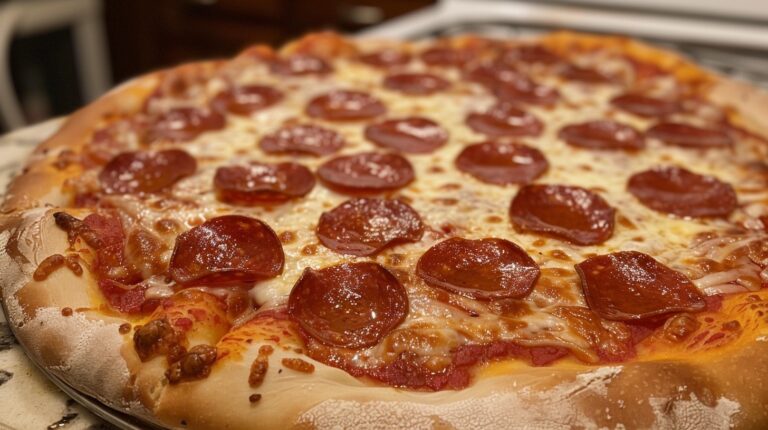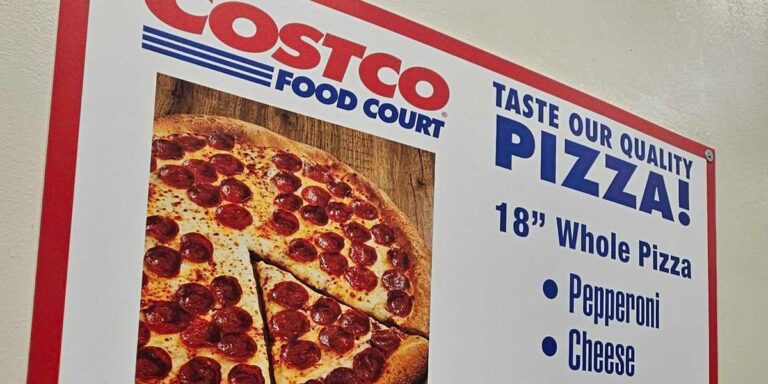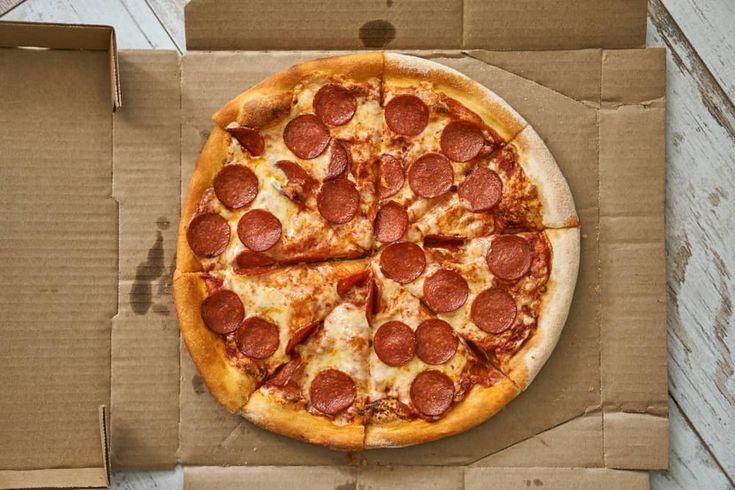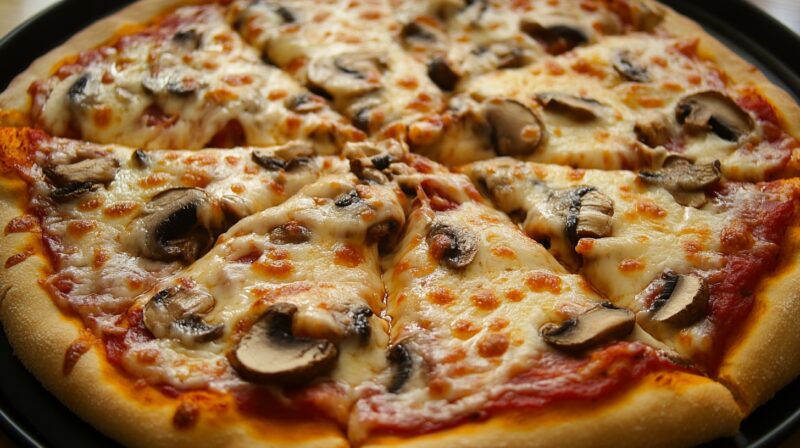Craving delicious homemade pizza but short on time? With a 1-hour pizza dough recipe, you can have fresh, tasty pizza on your table with minimal effort and time.
This method ensures you’ll enjoy the same great flavors and textures of your favorite pizzeria, right from your oven.
Let’s talk about it.
Table of Contents
ToggleEssential Ingredients and Substitutions
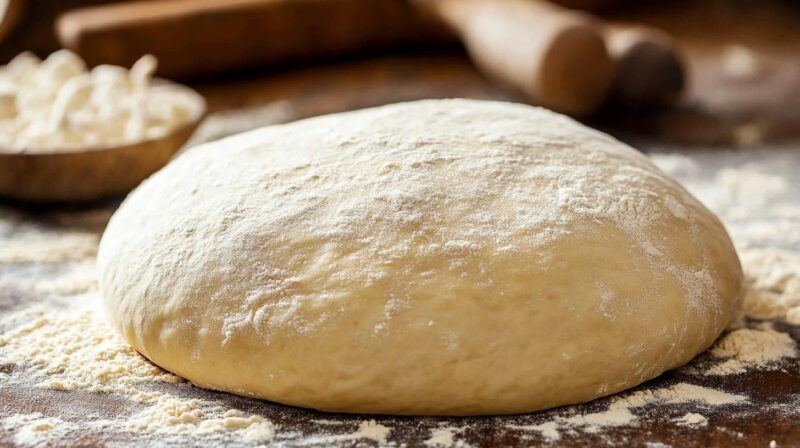
Making a quick and delicious pizza dough in just one hour can be easy if you have the right ingredients. Each component plays a crucial role and there are options for substitutions to fit different needs or dietary preferences.
Flour Choices
The type of flour you use greatly affects your pizza dough’s texture.
- All-Purpose: A versatile choice that offers a good balance between chewiness and crispiness, making it a common option for pizza dough.
- Bread: Contains more gluten, resulting in a chewier and more elastic dough, perfect for achieving that authentic pizzeria texture.
- Whole Wheat: A healthier alternative, providing extra fiber and nutrients while adding a slightly nutty flavor to your dough.
- Semolina: Can be blended with all-purpose flour to introduce a unique texture and flavor to the crust.
- Mixes: Experiment with different combinations, like 75% all-purpose flour with 25% whole wheat, to customize the taste and texture to your preference.
Yeast and Its Alternatives
Instant yeast is a popular choice for 1-hour pizza dough because it doesn’t need to be pre-activated. You can mix it directly into your dry ingredients.
Active dry yeast can also be used but needs to be dissolved in water first, taking a bit more time.
If you’re out of yeast or looking for an alternative, baking powder can work, though it won’t give you the same rise.
Combine baking powder with a little vinegar to help activate it. Always keep your yeast fresh by storing it in a cool place to ensure your dough rises properly.
The Role of Fats
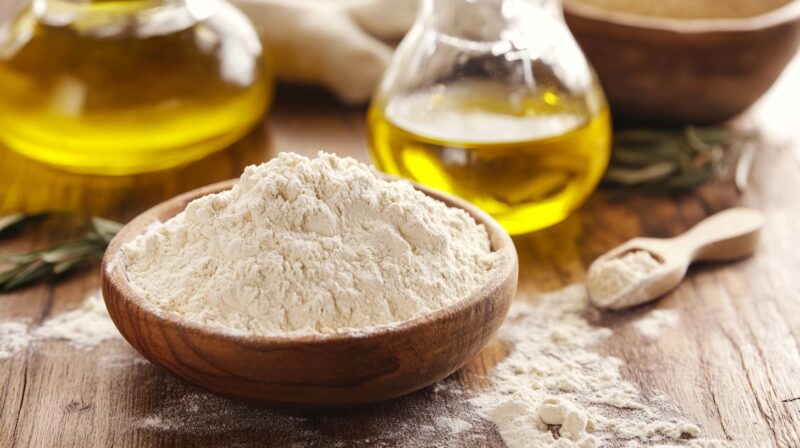
Fats are important for adding flavor and improving the dough’s texture. Olive oil, especially extra-virgin olive oil, is a favorite because it gives a rich taste and smooth texture. It also helps make the dough easier to handle and prevents it from sticking.
If you prefer a different flavor or don’t have olive oil, you can use canola oil or vegetable oil.
Some even use a bit of melted butter for a richer dough. The key is to not skip the fat entirely as it plays a significant role in the final product.
Liquids for the Dough
The primary liquid in pizza dough is water. Using warm water helps activate the yeast and get a good rise.
The ideal temperature is around 110°F (43°C). Avoid using hot water as it can kill the yeast.
Some recipes add a bit of lager or beer for a unique flavor, which can also help with the dough’s rise.
Vinegar is occasionally added to provide a slight tanginess and can help with gluten development. Always measure your liquids carefully to maintain the correct dough consistency.
By understanding these ingredients and how they work together, you can create a perfect one.
Adjusting for available ingredients and personal taste is simple and can make your homemade pizza even more enjoyable.
Mixing and Kneading
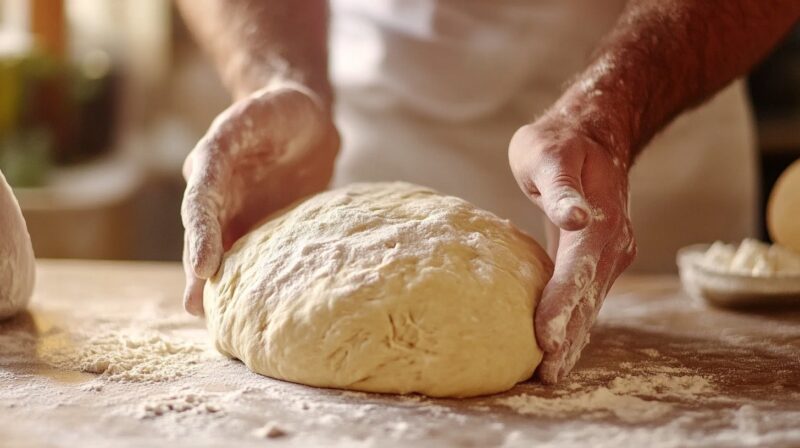
Mixing and kneading are crucial steps in making pizza dough quickly and effectively.
Here’s how to mix and knead the dough by hand or with a stand mixer, and how to achieve the perfect consistency.
Hand-Kneading Techniques
To mix ingredients by hand, combine flour, yeast, salt, sugar, and warm water in a large bowl. Use a wooden spoon to mix until a rough dough forms.
Once mixed, turn the dough out onto a floured surface. Use the heel of your hand to push the dough away from you. Fold it back over itself and turn it 45 degrees.
Repeat this process for about 5-10 minutes. It should turn smooth and elastic. If it’s sticky, add a little more flour as you knead.
Using a Stand Mixer
For a faster method, use a stand mixer with a dough hook. Add your flour, yeast, salt, sugar, olive oil, and warm water into the mixer bowl.
Mix on low speed until everything is combined. Increase speed to medium-low and knead the dough for about 7-8 minutes.
The dough should cleanly pull away from the sides of the bowl. If it sticks, sprinkle in a small amount of flour.
Consistency and Texture
The dough’s size, texture, and consistency are vital for a good pizza crust. It should be smooth and elastic after kneading.
Press your finger into the dough; it should bounce back slowly. If it doesn’t, knead for a few more minutes.
The dough should not be too sticky or too dry. Adjust by adding small amounts of water or flour as needed. A well-kneaded dough makes shaping easier and results in a better pizza.
Shaping and Rising
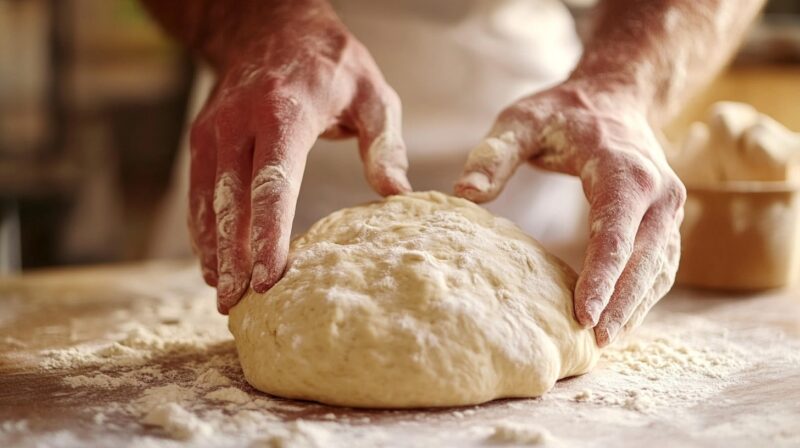
Shaping and rising are crucial steps in making your pizza perfect. These stages ensure the dough has the right texture and flavor.
How to Divide it Properly?
Once your dough has rested and doubled in size, it’s time to divide it. Use a dough scraper to cut it into equal portions.
If you’re making multiple pizzas, divide the dough into balls. Each ball should be smooth and free of air bubbles.
That helps in achieving an even texture. Place the dough balls on a lightly oiled surface or parchment paper.
Let them rest for a few minutes before shaping to allow the gluten to relax.
Forming the Perfect Crust
To form the perfect crust, start by gently pressing the dough into a disk. Use your fingers to stretch the dough outward, rotating it as you go.
Avoid using a rolling pin, as it can deflate the dough and make the crust less tender. If it resists stretching, let it rest for a few more minutes.
Continue stretching until you achieve the desired size and thickness.
Ensure the edges are slightly thicker, which will give you that classic pizza crust texture. You can also roll the edges inward for a stuffed crust effect.
Proofing for Flavor and Texture
Proofing is an important step that affects the flavor and texture of your crust. After shaping, let the dough rest and rise again for about 15-30 minutes.
This second rise, or proofing, allows the yeast to develop more flavor compounds and makes the dough easier to work with.
Place the dough in a warm spot, covered with a clean cloth to prevent it from drying out.
Longer proofing times can lead to a more flavorful crust, but even a short proof can make a big difference.
Baking and Toppings
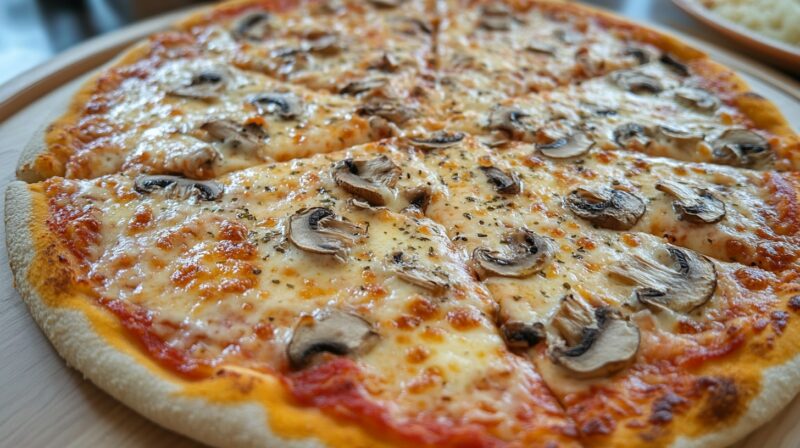
When making a perfect pizza, attention to detail in baking and choosing the right toppings is key.
Prepping the Oven
First, preheat your oven to 450°F. If you have a pizza stone, place it in the oven while preheating. The stone retains heat, ensuring a crispy crust. Without a pizza stone, a cast iron pan also works well.
Next, have a pizza peel ready for easy transfer. Lightly flour the peel or use parchment paper to prevent sticking. Once the oven is hot and your dough is ready, carefully place the dough on the stone or pan.
Cheese and Toppings Galore
Your choice of cheese and toppings can make or break your pizza. Start with a base of mozzarella for its creamy texture. Add parmesan for an extra depth of flavor.
For toppings, consider classics like pepperoni or chicken.
Veggie lovers might add spinach or fresh basil. Don’t overcrowd the pizza; too many toppings can make it soggy. Properly balance flavors and textures for the best results.
Saucing Your Pizza
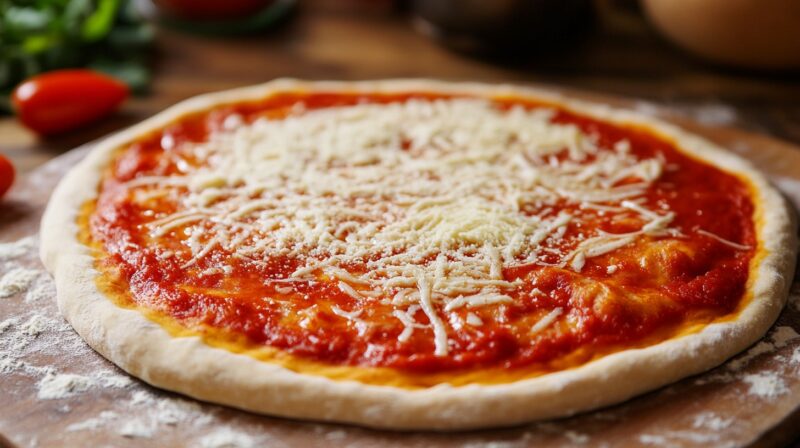
A good pizza starts with a great sauce. Use a basic tomato sauce, spreading it evenly over the dough. You can season the sauce with oregano and basil for added flavor.
Avoid overloading the pizza with sauce, which can lead to a soggy crust. A thin, even layer should suffice. Once sauced, add your cheese and toppings meticulously to ensure each bite is flavorful and satisfying.
Ensure to bake your pizza until the crust is golden and the cheese is bubbly.
Summary
Making a delicious pizza doesn’t have to take hours. With a one-hour pizza dough recipe, you can enjoy homemade pizza on a busy schedule.
- Mix Ingredients: Combine flour, yeast, salt, and sugar.
- Add Water: Stir in warm water to form dough.
- Rest and Rise: Let the dough rest to rise quickly.
- Shape: Press it into your pan of choice.
You only need basic kitchen tools. A large bowl and a wooden spoon or dough whisk will do. If you have a stand mixer, it can save time and effort.
Making pizza at home can be fun and rewarding. Enjoy experimenting with toppings and find your perfect pizza combination.
Related Posts:
- Delicious and Easy Blackstone Pizza Recipe for Any Occasion
- Best Chicken Crust Pizza Recipe of 2025 – Quick,…
- Cold Fermentation vs. Quick Dough - Which Makes the…
- How to Make Pizza with Kids - Easy Recipe
- Easy Mediterranean Pizza with Feta, Olives, and Red Onions
- 5 Domino’s Crust Types in The USA - A Quick Guide

